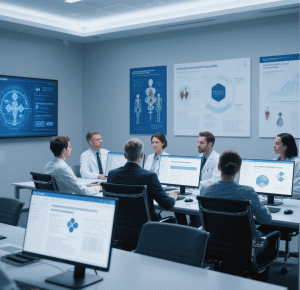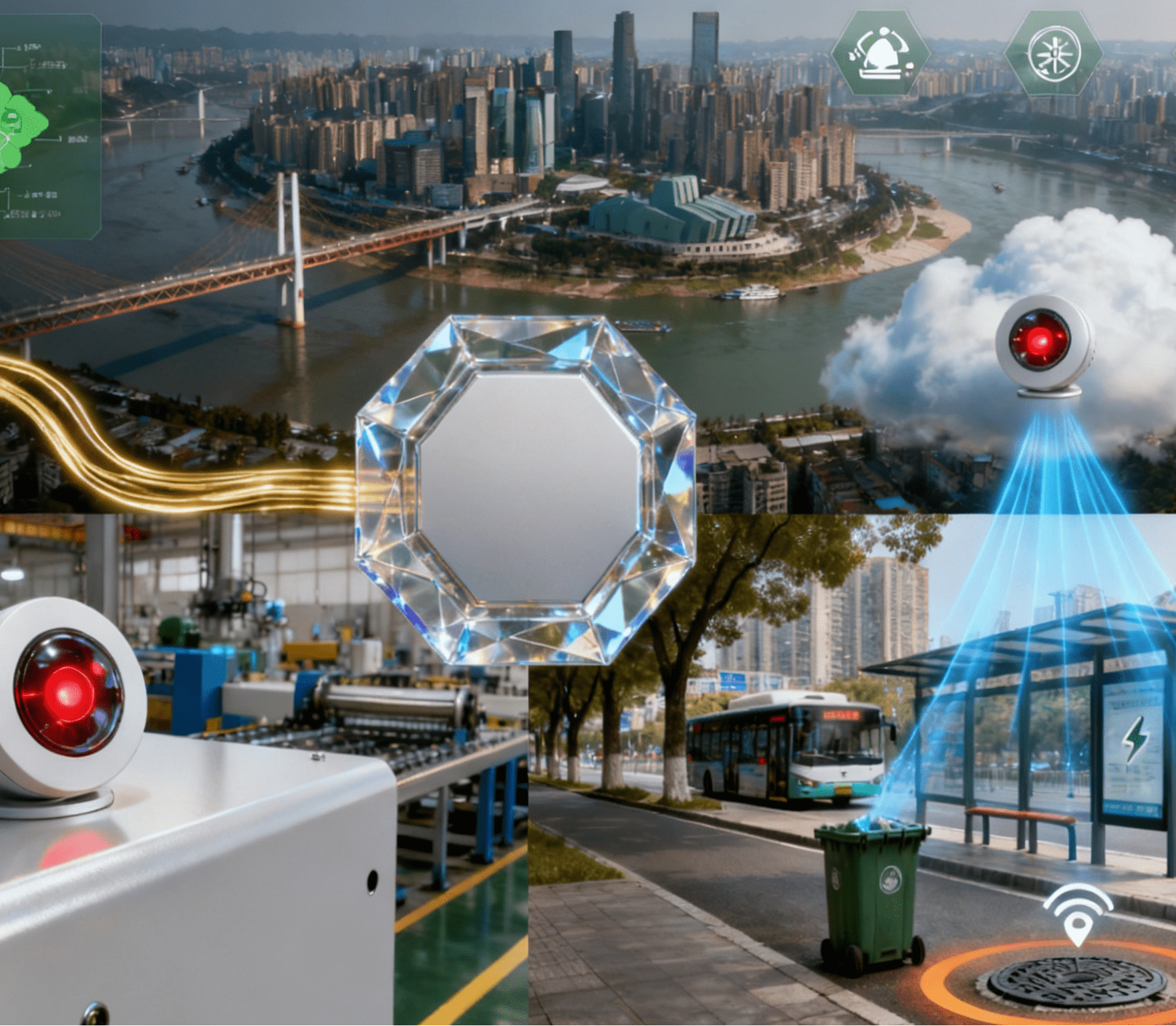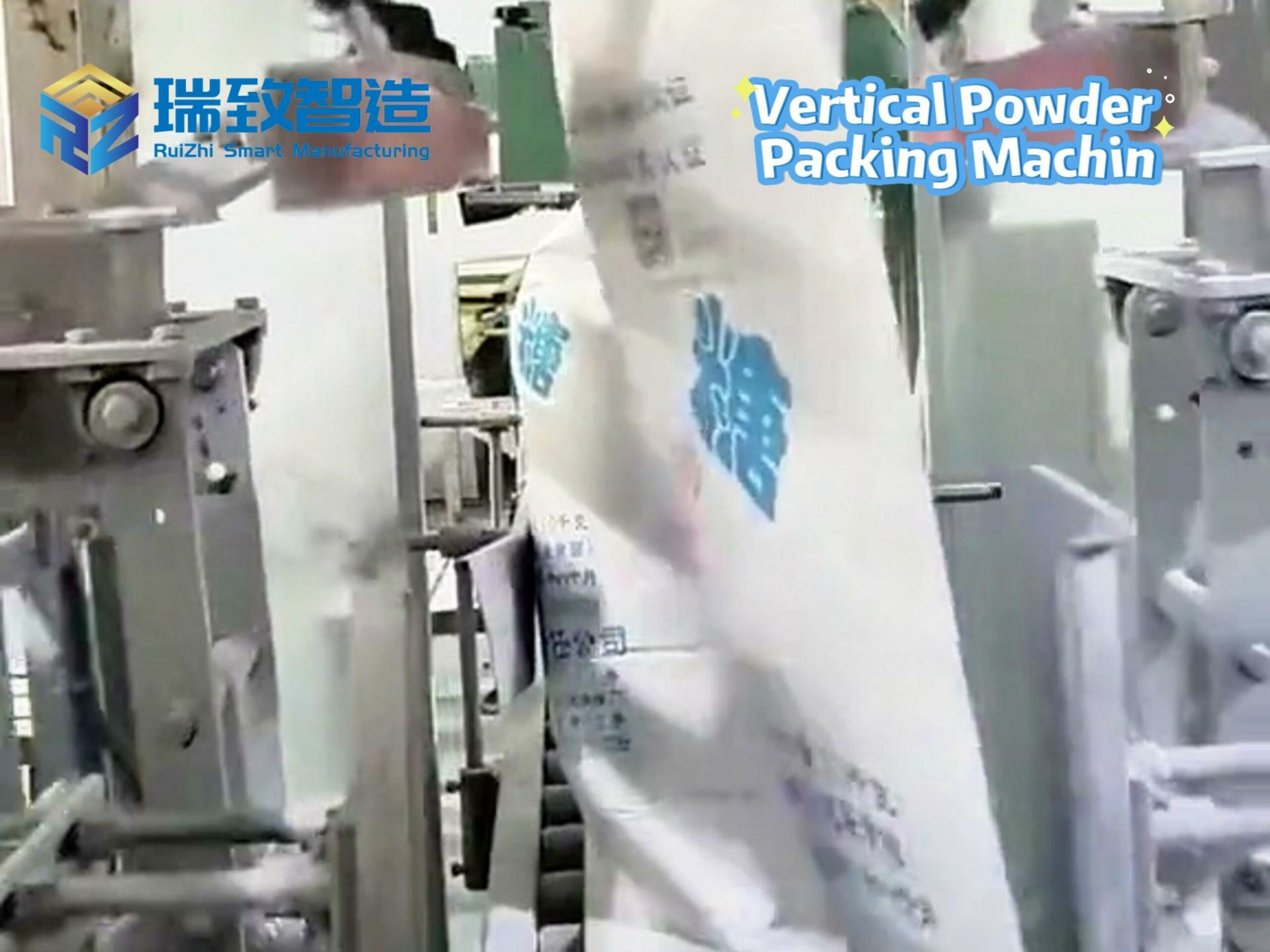Table of Contents
ToggleArtificial Intelligence in Pharmacovigilance: Eight Action Items for Life Sciences Companies in the Era of Intelligent Automation

The convergence of intelligent automation and advancements in artificial intelligence (AI) is reshaping industries, and pharmacovigilance (PV) is no exception. As life sciences companies navigate the complex landscape of AI integration, the Council for International Organizations of Medical Sciences Working Group XIV (CIOMS) Draft Report emerges as a critical guide. This report bridges global regulatory requirements—such as the EU Artificial Intelligence Act (EU AI Act)—with practical PV applications, while also offering insights for regions like the U.S., where industrial automation and AI legislation are still evolving. By translating high-level AI principles into actionable strategies, the draft report helps companies balance innovation with patient safety, particularly as intelligent automation becomes integral to PV workflows.
The Regulatory Landscape: AI, Intelligent Automation, and Global Standards
The EU AI Act, adopted in 2024, establishes the world’s first comprehensive legal framework for AI, categorizing systems into four risk tiers. For the life sciences sector, where AI in PV can impact both patient safety and regulatory decisions, the “high-risk” designation under the EU AI Act triggers strict requirements for risk management, transparency, and human oversight. Meanwhile, in the U.S., the FDA’s January 2025 guidance on AI for regulatory decision-making emphasizes a risk-based approach, aligning with the draft report’s focus on proportionality and context-specific evaluation.
Crucially, the draft report goes beyond theory, offering life sciences companies a playbook for implementing AI in PV—whether optimizing signal detection through machine learning or automating individual case safety report (ICSR) processing. For industries increasingly reliant on industrial automation technologies, such as pharmaceutical manufacturing, the report’s insights into AI-driven PV systems highlight how intelligent automation can enhance efficiency while maintaining compliance with evolving regulations.
Eight Action Items for Life Sciences Companies
To effectively integrate AI into PV amid the rise of intelligent and industrial automation, companies should prioritize the following steps inspired by the draft report:
1. Translate Regulatory Principles into PV-Centric Workflows
The EU AI Act and FDA guidance provide foundational frameworks, but their application to PV requires context-specific interpretation. The draft report offers use cases—such as AI-driven signal detection in real-world data or ICSR triaging—to help companies conduct PV-specific risk assessments. For example, when evaluating an AI system for adverse event clustering, firms must assess both “high patient risk” (e.g., missed safety signals) and “high regulatory impact” (e.g., flawed data influencing approval decisions). By aligning risk management with PV’s unique data streams (e.g., post-marketing surveillance, social media sentiment), companies can ensure compliance while leveraging intelligent automation to enhance vigilance.
2. Operationalize Human Oversight Models for AI Systems
The EU AI Act mandates human oversight for high-risk AI, and the draft report defines three practical models: human in the loop (active collaboration), human on the loop (supervisory role), and human in command (final decision-making). In PV, this could mean using AI to pre-process ICSRs (human on the loop) while requiring human reviewers to validate complex cases (human in command). For industrial automation contexts—such as AI monitoring drug production lines for safety anomalies—oversight models must balance real-time automation with human intervention protocols to address unforeseen risks.
3. Ensure Validity, Robustness, and Continuous Monitoring
AI systems in PV must withstand rigorous validation using diverse, representative datasets. The draft report recommends establishing reference standards (e.g., gold-standard safety databases) and implementing continuous monitoring to detect model drift. For instance, an AI tool analyzing social media for adverse event mentions must be retrained regularly to adapt to evolving medical terminology or new drug formulations. In industrial automation settings, where AI might predict equipment failures impacting drug quality, robust validation ensures that PV data remains reliable across production cycles.
4. Build Transparency and Explainability into AI Models
Transparency is a cornerstone of the EU AI Act, requiring documentation of model architecture, data sources, and human-AI interactions. The draft report extends this to PV by advocating for explainable AI (XAI) techniques, such as feature importance analysis for signal detection models. For regulators and stakeholders, this transparency enables audits and builds trust—critical in both regulatory submissions and patient safety communications. In the U.S., where the FDA prioritizes model visibility for decision-making, companies must document how AI systems arrive at conclusions, especially in high-stakes scenarios like post-market risk evaluations.
5. Address Data Privacy and Cross-Border Compliance
With PV data often spanning global supply chains and patient populations, the draft report emphasizes strict adherence to data protection laws like the EU General Data Protection Regulation (GDPR). Generative AI and large language models (LLMs) introduce additional risks, such as accidental re-identification of anonymized patient data. Companies must implement robust de-identification techniques, data minimization strategies, and secure cross-border data transfers—particularly as industrial automation systems integrate real-time PV data from global manufacturing sites.
6. Promote Nondiscrimination and Bias Mitigation
Both the EU AI Act and FDA guidance stress the need to eliminate discriminatory outcomes in AI. The draft report operationalizes this by advising rigorous dataset evaluation: training and test data must reflect diverse patient demographics, geographic regions, and medical histories. For example, an AI system detecting adverse events in clinical trials must avoid bias toward specific ethnic groups or age cohorts. In industrial automation, where AI might prioritize safety alerts from certain production lines, fairness audits ensure equitable risk assessment across all facilities.
7. Establish Governance and Accountability Structures
Effective AI governance in PV requires cross-functional teams—including data scientists, clinicians, and compliance officers—to oversee the AI lifecycle. The draft report recommends tools like governance framework grids to document roles, track compliance, and facilitate regulatory inspections. For companies integrating AI into industrial automation workflows (e.g., linking production data to PV systems), clear accountability structures ensure that safety incidents are traced to root causes, whether technical (AI errors) or procedural (human oversight gaps).
8. Engage with the Draft Report’s Consultation Process
The draft report’s public consultation period (open until June 6, 2025) is a pivotal opportunity for life sciences companies to influence global PV standards. By submitting feedback, firms can advocate for practical AI implementation guidelines that align with their use cases—from small biotechs leveraging AI for niche drug safety to multinational corporations integrating AI with industrial automation systems. U.S.-based entities, in particular, can help shape a regulatory roadmap that balances innovation with the unique demands of PV in a decentralized healthcare landscape.
Conclusion: Harmonizing AI, Intelligent Automation, and Patient Safety
As intelligent automation and AI become indispensable to modern pharmacovigilance, the CIOMS Draft Report serves as a vital compass. By embedding regulatory principles into PV workflows, prioritizing human oversight, and fostering transparent, ethical AI practices, life sciences companies can unlock the benefits of automation—faster signal detection, scalable safety monitoring, and seamless integration with industrial systems—while upholding the gold standard of patient safety.
The era of AI in PV is not about replacing human expertise but enhancing it. Through active engagement with frameworks like the EU AI Act, FDA guidance, and collaborative reports like CIOMS’, companies can position themselves as leaders in a rapidly evolving landscape. As industrial automation and intelligent systems continue to converge, the ability to balance technological innovation with regulatory rigor will define success in ensuring the safety and efficacy of medical products worldwide.
Take Action: Review the CIOMS Draft Report and submit comments by June 6, 2025, to influence the future of AI in pharmacovigilance.




















